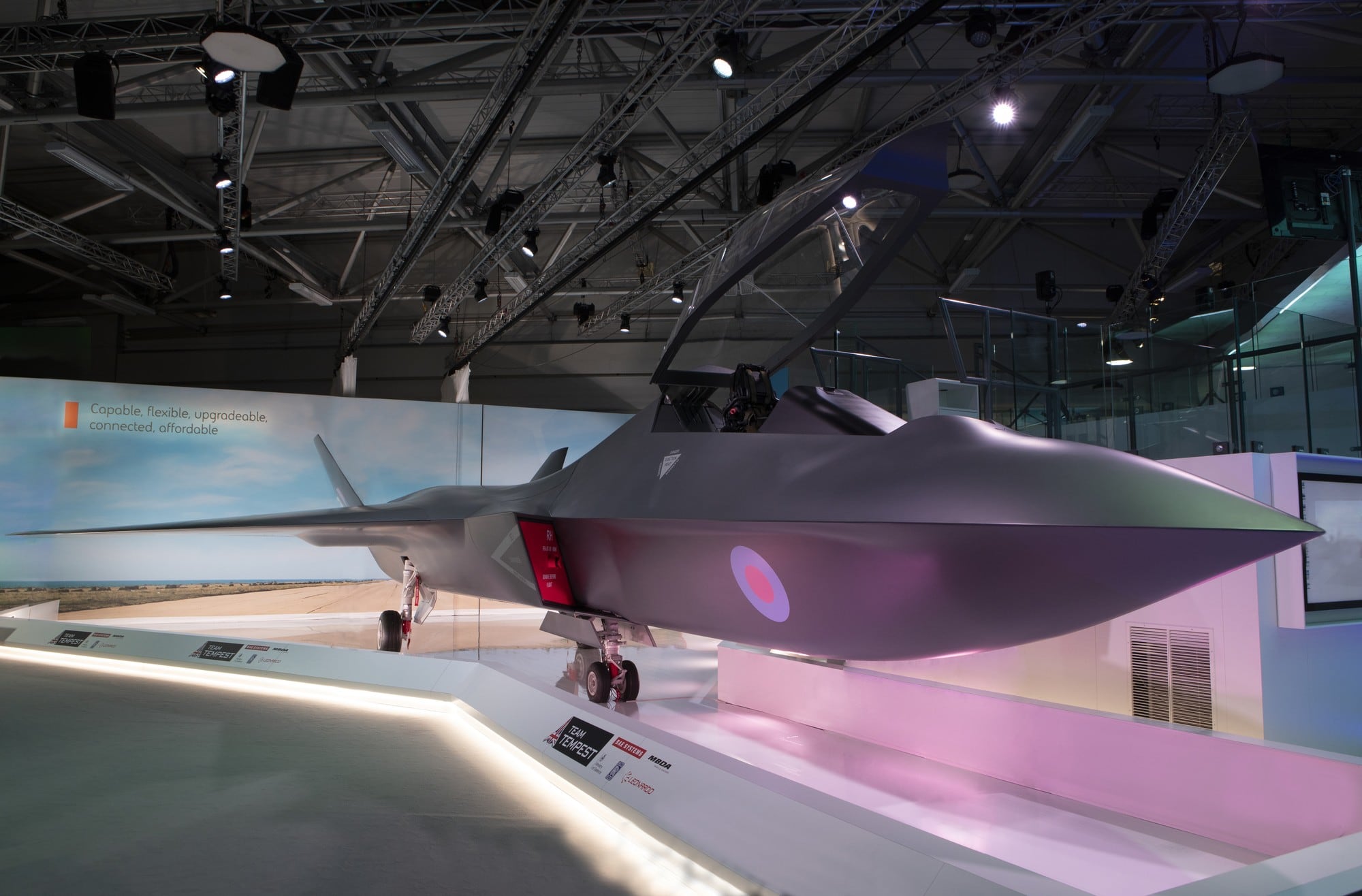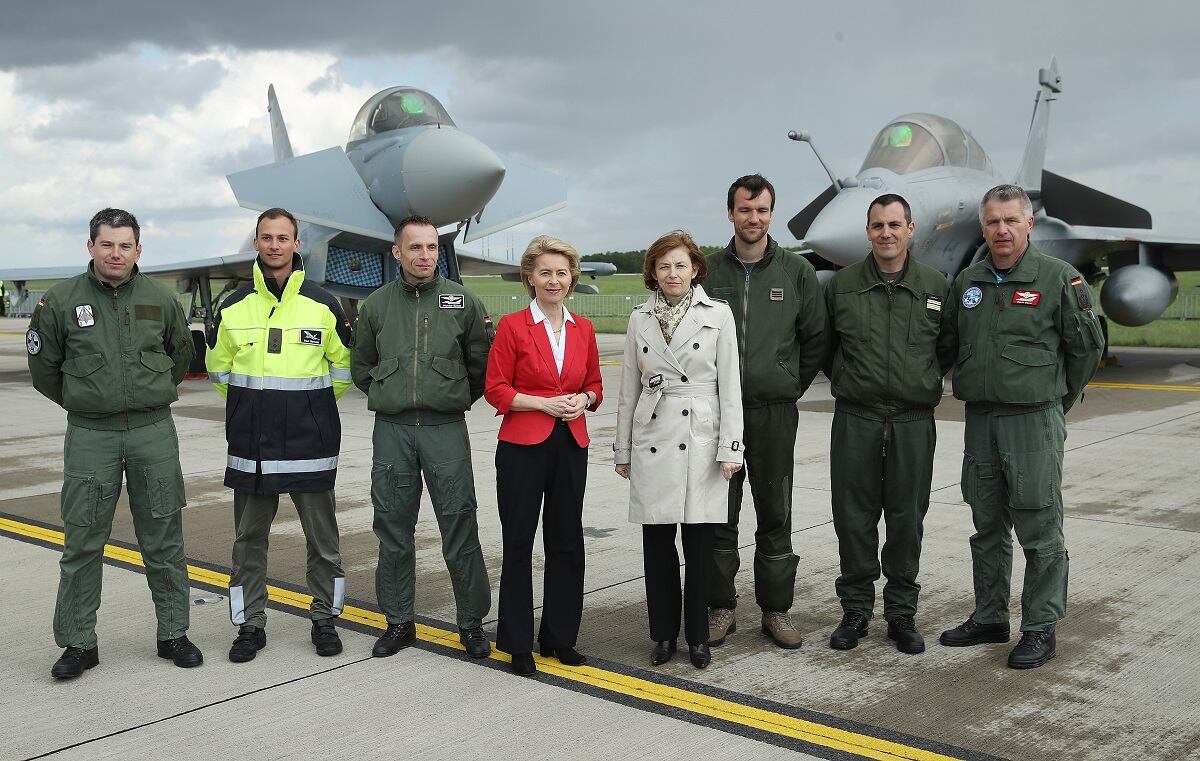FARNBOROUGH, England — After the unveiling of a new future fighter aircraft concept for the UK here, Eurofighter executives want to make sure their company’s Typhoon is part of the picture toward any European future combat air system.
Speaking on the second day of the Farnborough air show, Eurofighter CEO Volker Paltzo claimed that Typhoon is the “benchmark” of European fighter collaboration, both now and into the coming decades, as governments continue to roll out initiatives to protect the interests of their defense industries in combat air development for the future.
The UK government revealed its combat air strategy on 16 July at Farnborough air show, claiming that a new design it is developing under a ‘Team Tempest’ moniker would develop technology that will roll into the Typhoon program.
The industry team behind Tempest is the same as the UK’s Typhoon one, and it has been announced that technology will be transferred between the two programs.
RELATED

Paltzo told Defense News that technologies that are currently at low technology-readiness levels will be further developed via the UK’s FCAS Technology Initiative effort, using Typhoon as a testbed to take them to a more advanced level, and effectively industrializing them.
This is expected to support technologies required for any future fighter, such as low observability and networked interoperability, plus increased power output for the aircraft’s EJ-200 engine, while also leveraging initiatives for Typhoon that remain underdeveloped, benefitting both of the UK government’s programs.
Citing that the Eurofighter program has seen Typhoon fly some 480,000 hours, with 623 copies on order and 500 in service, Paltzo claimed that it is the “biggest and most successful defense collaboration in Europe ever”.
“Eurofighter will be a central pillar of any future European program for FCAS,” he said.
The UK’s strategy is its attempt to support its industry and interests in coming decades, specifically in light of France and Germany announcing that they collaborate on a future aircraft project of their own.
Sweden, Italy and Spain may also have interest in teaming with either or both of the FCAS programs going forward, all of which have aerospace manufacturing legacy and expertise as well as air forces that operate modern fighter designs.
RELATED

Whether or not these technology-development programmes will ultimately result in one pan-European FCAS effort has been the subject of much speculation, and Paltzo claimed that while there is still some way to go in determining the direction these nations want to take, he is hopeful there will be one development in the end.
“Europe will converge on one single future combat air system,” he told media at a briefing at the show.
In terms of active programs that Eurofighter is currently focused on, while there are some in the Middle East, Asia-Pacific and Latin America, much of the focus is in Europe, namely Germany, Belgium, Finland, Switzerland and Poland.
Paltzo noted that the production batch that will see 28 examples delivered to Kuwait is on track for deliveries to begin in 2020, while the company is still awaiting the first down payment from Qatar for 24 Typhoons that the nation committed to in 2017.
Regarding the UK’s upcoming exit from the European Union, Paltzo was confident that it is not expected to negatively impact Eurofighter because the industrial memorandums of understanding governing the development were signed prior to the establishment of the union. “We’re not expecting a major impact on the European Typhoon program,” he said.








